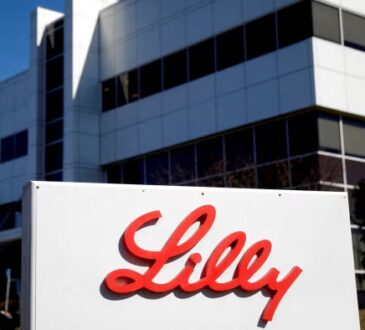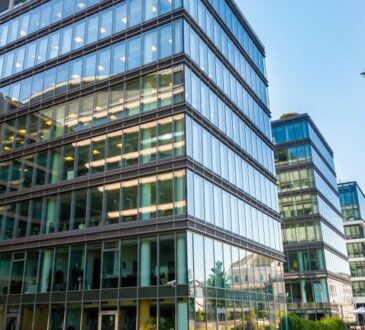When embarking on multifamily building projects, there is a key component to ensuring your project is successful: commissioning. Commissioning ensures your building functions per the owner’s plans, and that equipment and components are properly installed to operate successfully and efficiently.
For buildings larger than 20,000 square feet, commissioning is typically required by code due to the size of the HVAC and plumbing equipment. However, it is still an additional cost for building owners. Based on my experience in the field, I think it is a worthwhile investment for ownership to make.
For one thing, commissioning catches installation issues before equipment becomes operational. We have found the wrong equipment installed, heat pumps installed backward, missing valves and balancing devices, damaged equipment, and incorrect piping and ductwork layouts. All of these issues are more cost effective to resolve before operation occurs and are much more cost effective to resolve before the building is occupied.

Commissioning also ensures equipment is operating per the sequence of operation specified by the engineer of record. I have witnessed equipment get started up and left in the factory settings. Equipment must be adjusted to meet the design and needs of the building. During commissioning, we ensure fans and pumps are balanced to their correct flows, setpoints are appropriate for spaces, automatic controls are programmed, and safety devices are functional.
Any issues that arise during testing are logged, along with recommendations on how the issue may be resolved, so the design team and building staff have documentation going forward. Based on these issue resolutions, a building that is commissioned will see a reduction in equipment maintenance costs, lower overall operating costs, improved occupancy comfort levels, and more effectively trained staff — plus a longer life span for equipment and systems.
Building commissioning also increases communication between construction teams, and ensures fewer operational problems once your building is turned over. Payback can typically range from 1.5 to 5.5 years, making it feasible to see longterm gains within the short term of your capital plan.
In other words, commissioning is the ultimate protection for your investment.
During the close-out phase of construction, the commissioning agent will produce documents required for New York City Department of Buildings filings if applicable (to use a local example), and verify all deficiencies have been corrected and staff is trained.
With the increase in multifamily new construction residential projects in metropolitan areas, the emphasis on commissioning becomes even more important. While conducting testing onsite, the commissioning is not only acting on the owners behalf, but is also thinking about the future tenant that will occupy the space.
When commissioning is required by code, documentation from the commissioning agent is necessary before a certificate of occupancy can be obtained. Due to this, it is our standard practice to ensure essentials such as proper ventilation, domestic hot water in apartments, and heating and cooling modes of all systems are operational before providing our documentation.
Completing commissioning has a lasting impact on your project, your tenants, and your ROI.
Matthew Strobl is the director of building commissioning at sustainable energy consultancy Bright Power.




